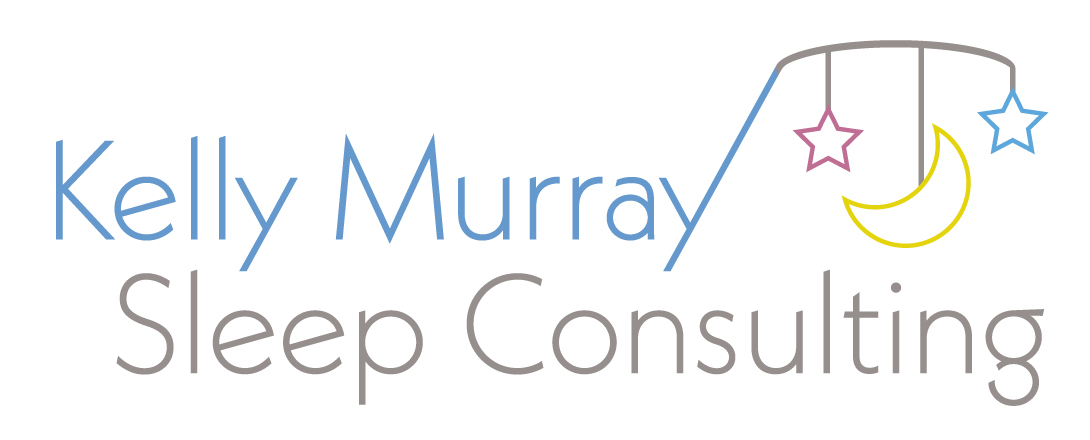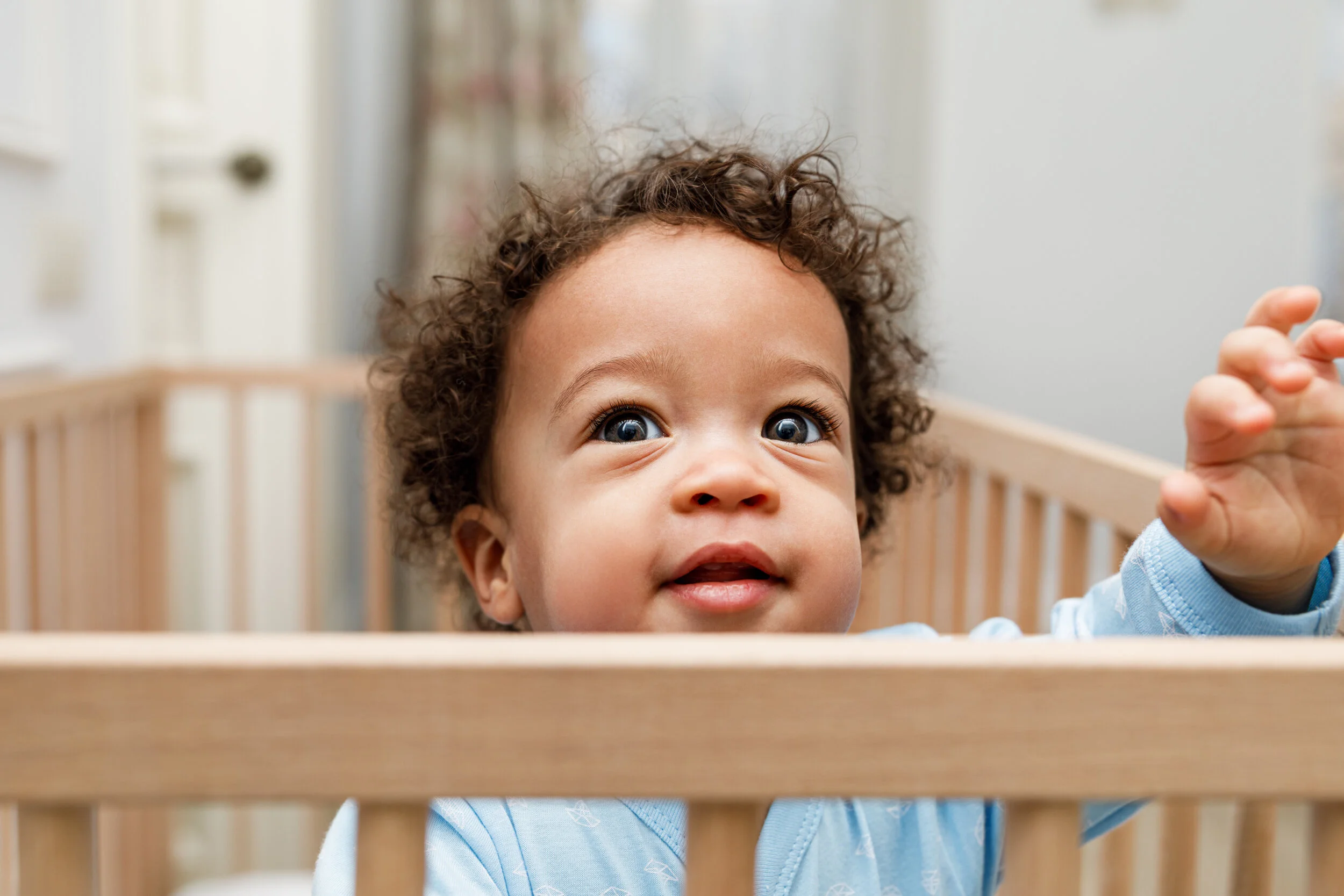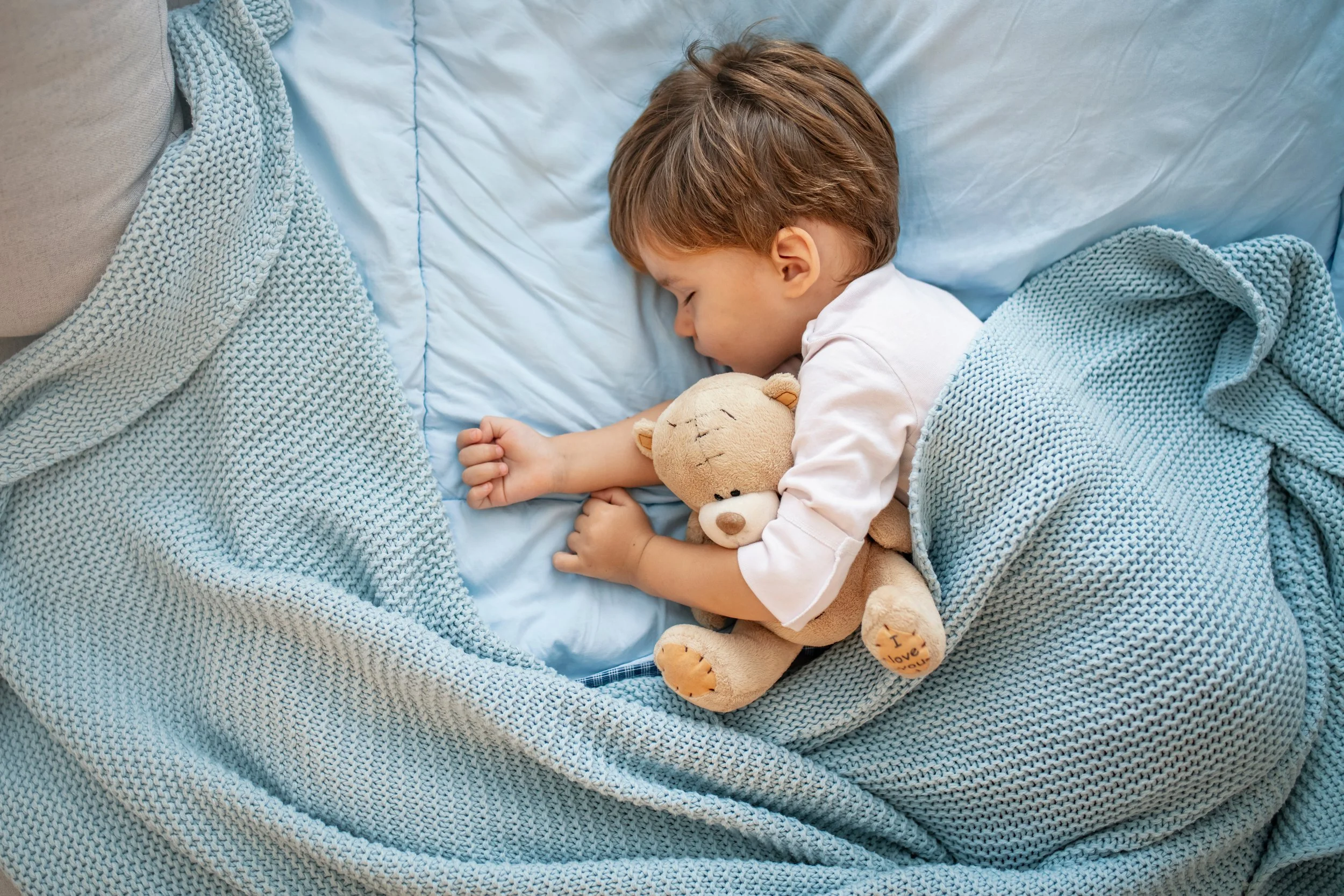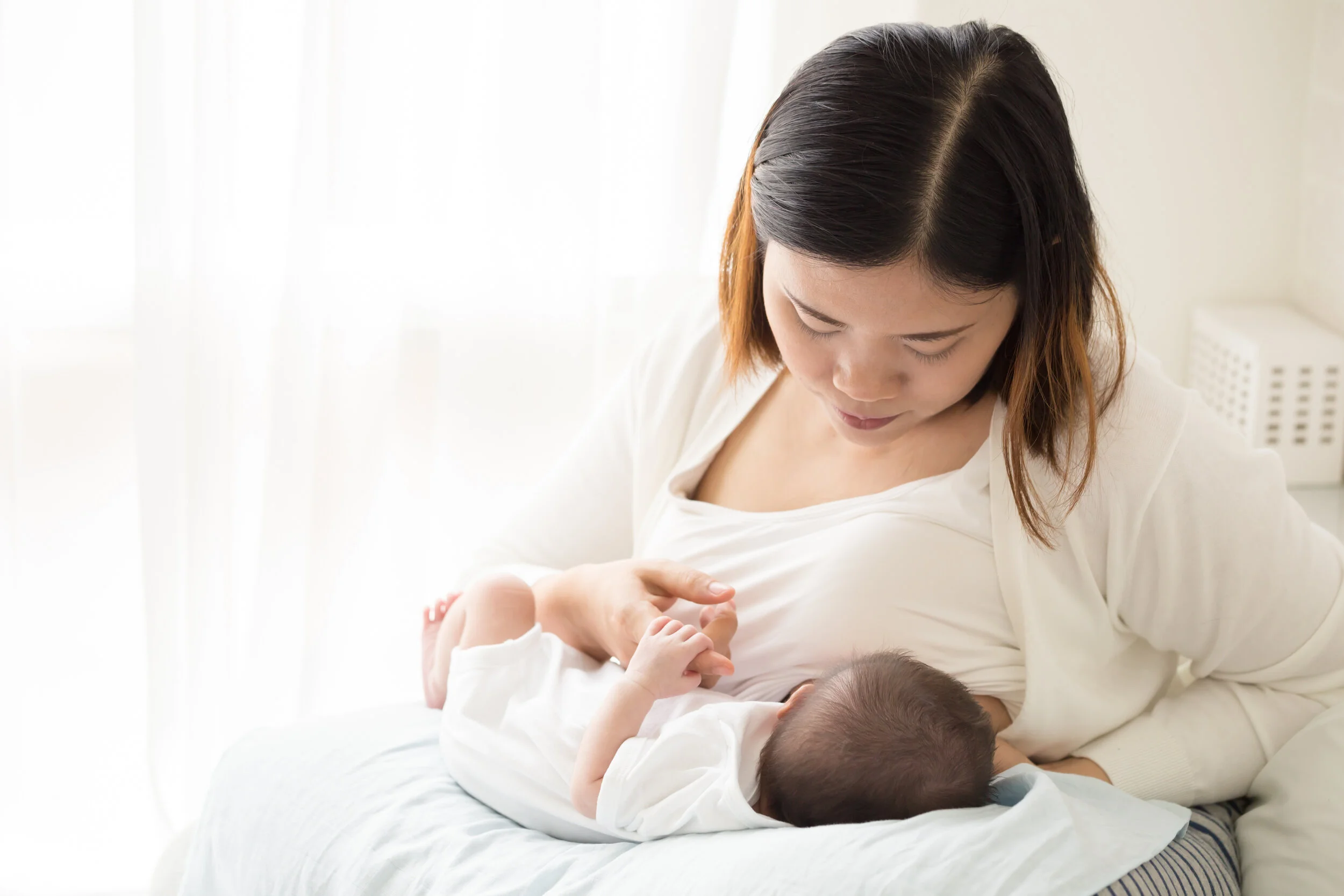One of the side benefits of the COVID-19 restrictions was that it really allowed families who were focused on improving their kiddos’ sleep habits to clear their schedule, hunker down, and get their children in a really good napping routine. With the extra time and attention at home, they were able to follow the age appropriate wake windows and schedule — which is absolutely key when you're working on improving naps — and it’s what’s going to lead to those nice long juicy chunky naps that everyone desires.
Now that the restrictions are starting the lift and daycares are opening again, I'm hearing from my former clients, current clients, and community members that they're worried all of their hard work will be completely derailed as soon as they send their kiddos back to daycare. And that is a valid concern! But here is the good news: even though naps at daycare are probably never going to be as good as they are at home, there is still plenty that you can do and control to help support your kiddo in taking the best possible naps that they can in the daycare environment.
I want you to be able to sustain those gains, parents. So today, I'm sharing with you my Six Tips to Keep the Sleep While Transitioning Back to Daycare.
Tip #1
Communicate With Your Daycare Provider
This is also the most important tip of all. Remember, they are your partner in caring for your child and they have a vested interest in your child napping well. Because kids who are good nappes are well-rested, happier, and easier to take care of. So first, ask if it'd be possible to do a physical tour of the space in which your kiddo is sleeping. Now I know that may not be possible due to Covid restrictions, but it doesn't hurt to ask, right? If that's not possible, ask if they could show you via a virtual meeting. Maybe through their phone or computer. And if they're not open to that, I'm sure they will at least be open to having a phone conversation about their policies and procedures surrounding naps and to talk to you more about your child's sleeping environment.
Tip #2
Ask About Bringing Items From Home
When talking to your daycare provider, ask them if you're able to bring in items from home to help replicate your kiddo's at-home napping environment. Because if you can bring in these comforts from home and try to mimic the environment that they're used to, they're going to feel more comfortable at daycare and be in a better position to take a better nap. These items might include: a lovey, a sleep sack, a sound machine, or even a crib sheet. The closer you can get to their ideal environment, the better. Again, this may not be possible due to restrictions, especially during the pandemic, the daycare has, but it never hurts to ask.
Also, you may find that your child is sleeping in a well-lit area, which is pretty standard at daycares. A lot of state governments mandate that the lights at daycare must remain on at all times, even during naps. So if you find that your kiddo is sleeping in an area that's more well-lit than another, ask if they could be moved maybe into a corner or to a crib that's not right underneath a light or window. If your kiddo's sleeping in a Pack ‘n Play, see if you could bring in the Slumberpod. I absolutely love the Slumberpod. It's a canopy that you put over a Pack ‘n Play and it creates a pitch black environment. (PS: You can use code KELLYMURRAY10 to receive $20 off your Slumberpod at checkout.)
Tip #3
Ask About Nap Scheduling
Find out how your daycare provider will be scheduling your child's naps. Ask if there is a strict schedule that they abide by or if you're able to have a say in the schedule they use. A lot of daycares will be open to you providing your child's schedule. If that's the case, I would put it in writing and deliver it to the daycare well in advance.
Tip #4
Talk to Your Daycare About How You Put Your Child Down to Sleep and Handle Short Naps
This is especially important if you put your kiddo down independently without a prop. You don't want them to start using props, such as rocking or feeding to sleep, because that could jeopardize all of your hard work. Also, if you follow a naptime routine, I would talk to your daycare provider through the steps. Ask if you can supply a couple of your child's favorite books or see if they’ll sing some lullabies that you know your child is a fan of.
If you know your child wakes up after one sleep cycle and cries out of it and falls back to sleep, make sure you tell your daycare that. Otherwise, they may be tempted to end the nap at the first peep.
Tip #5
Have Realistic Expectations and Patience
Daycare is a new environment for your child. Whenever they're in a new environment, there is an adjustment period. I tell my clients to give it a good month after starting a new daycare before naps improve (I know that isn’t what you want to hear, but is important to have realistic expectations).
Also, just know that your child probably isn't going to take long naps at daycare in the beginning. They may never take extremely long naps while at daycare, and the reason why is that the daycare environment isn't very conducive to sleep, especially when compared to the home environment. It's typically louder, there's more activity, and as mentioned above, most daycares aren't able to turn off the lights. So as a result, when your child wakes up from a sleep cycle (and they always wake up briefly after a sleep cycle, which is about 30-45 minutes), they may notice something stimulating — it could be a sound, or their friends playing, or they might see the lights and they’ll be reminded that it's daytime — and they're not going to want to fall back to sleep. Mentally prepare for that to happen and have a game plan to help your child make up for the lost sleep.
To help with this, you can let your kiddo take a cat nap on the ride home (or in the stroller if you are walking to and from daycare), or put your child to bed 30 to 60 minutes earlier if the catnap isn't possible, which I highly recommend. Otherwise, they're overtired at bedtime then their body's going to start producing cortisol and it's going to be harder for them to fall asleep and stay asleep.
Lastly, allow them to catch up on sleep on the weekend. Let them sleep in. Let them take long chunky naps. They're going to need the extra sleep to work off any sleep debt they accumulated during the week. Plus, it will give you some “me time”.
Tip #6:
Learn Independent Sleep Before Going to Daycare
Make sure your child is falling asleep independently before you send them to daycare. Because if they're dependent on you to fall asleep, it's going to be really hard for them to get adjusted to someone else putting them down. Whereas if they're falling asleep independently (where you're not rocking or feeding them to sleep), they're going to have a much easier time when the daycare provider puts them to sleep.
I hope that these tips help to ease your mind as you transition your child to daycare. A little preparation and whole lot of communication will go a long way to achieving daycare sleep success.
If you need help with teaching your child to fall asleep independently, as it goes without saying, we are here for you. We offer both group sleep coaching and private one-on-one consultations. If you're interested in learning more, schedule your 15-minute complimentary discovery call with us→
Sweet Dreams
Kelly Murray is a certified sleep coach and an award-winning pediatric sleep consultant based in Chicago offering sleep coaching services nationwide.








